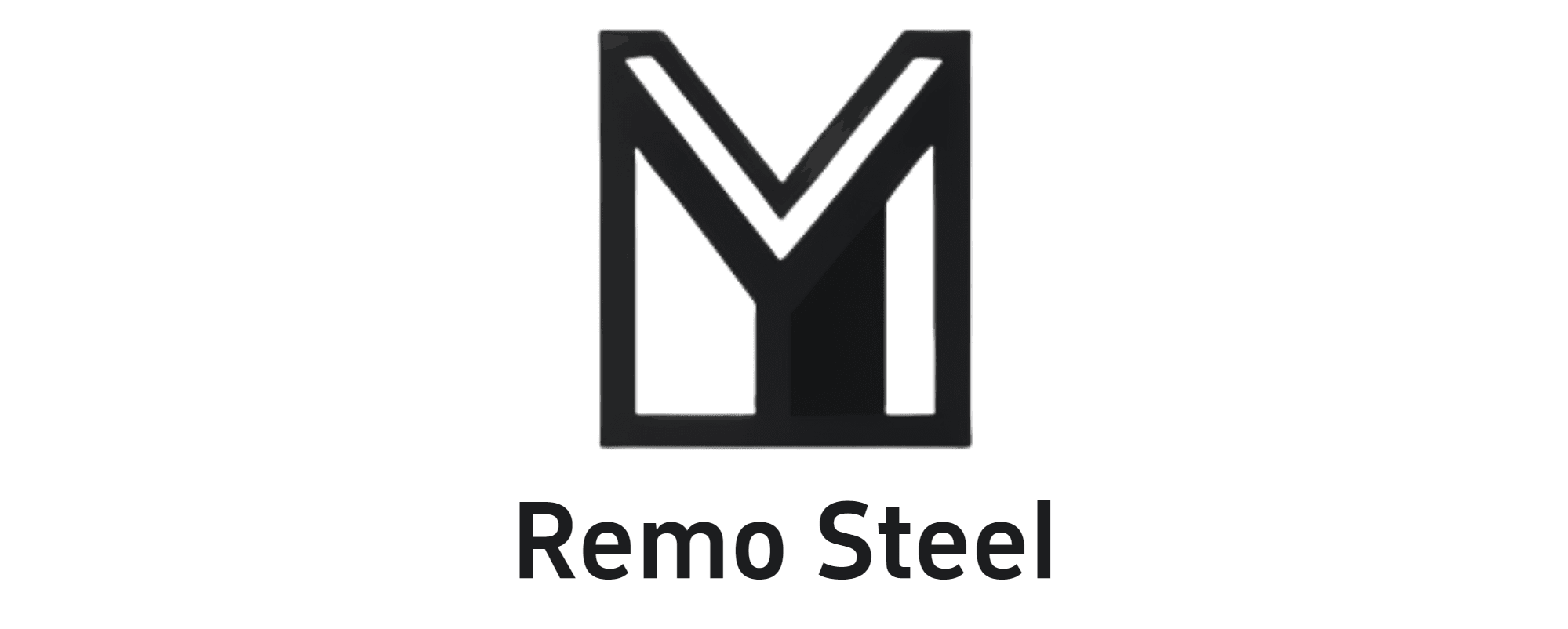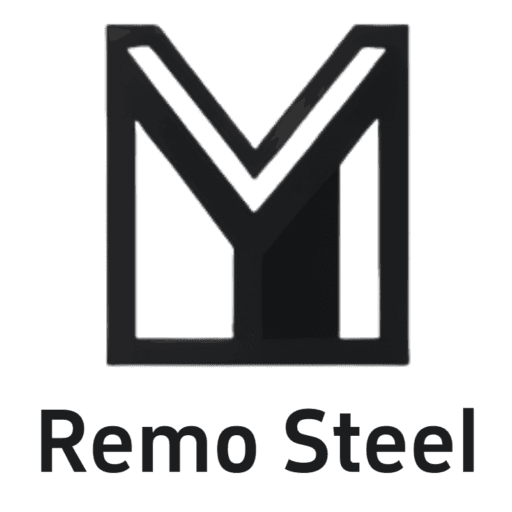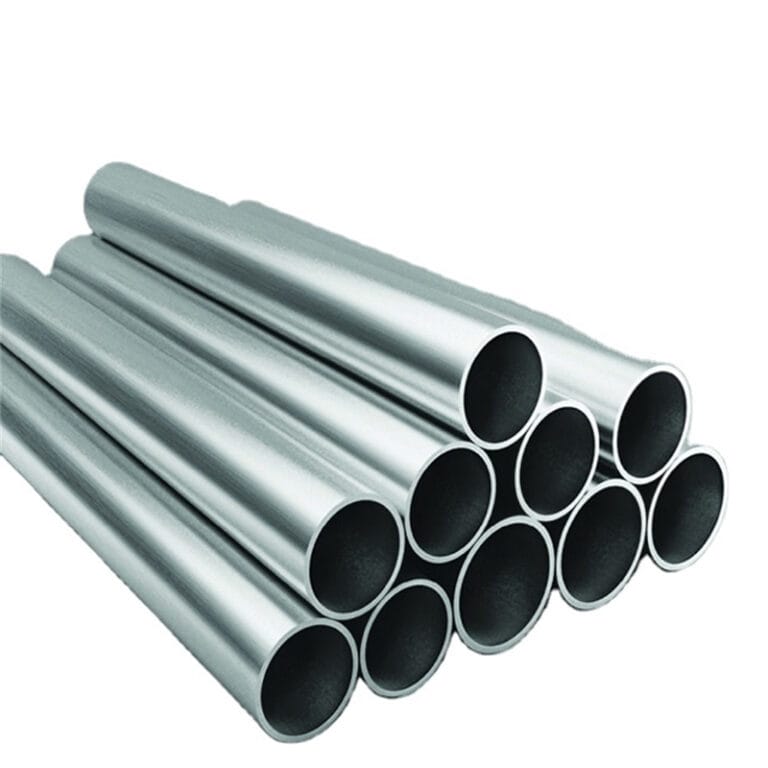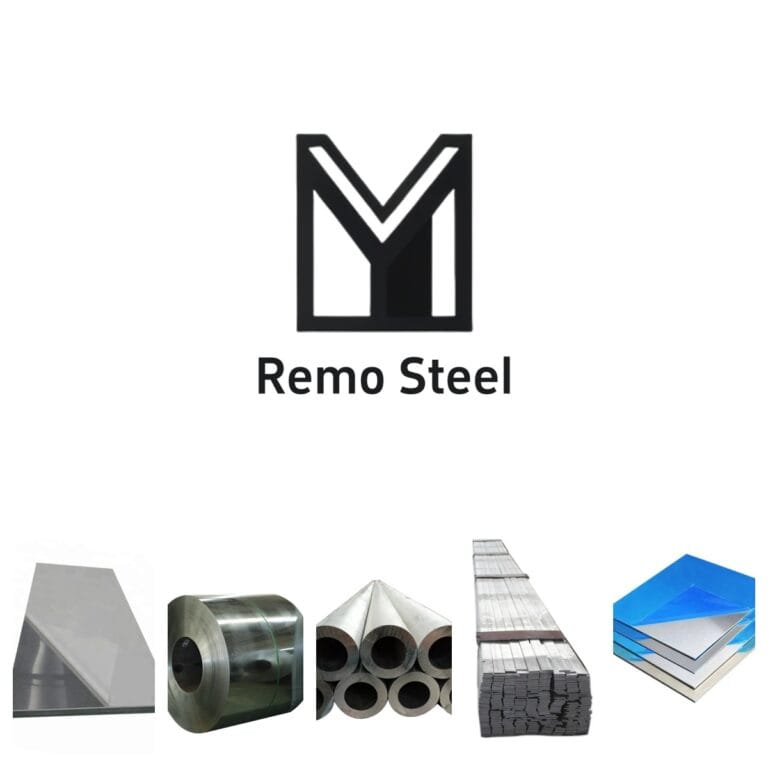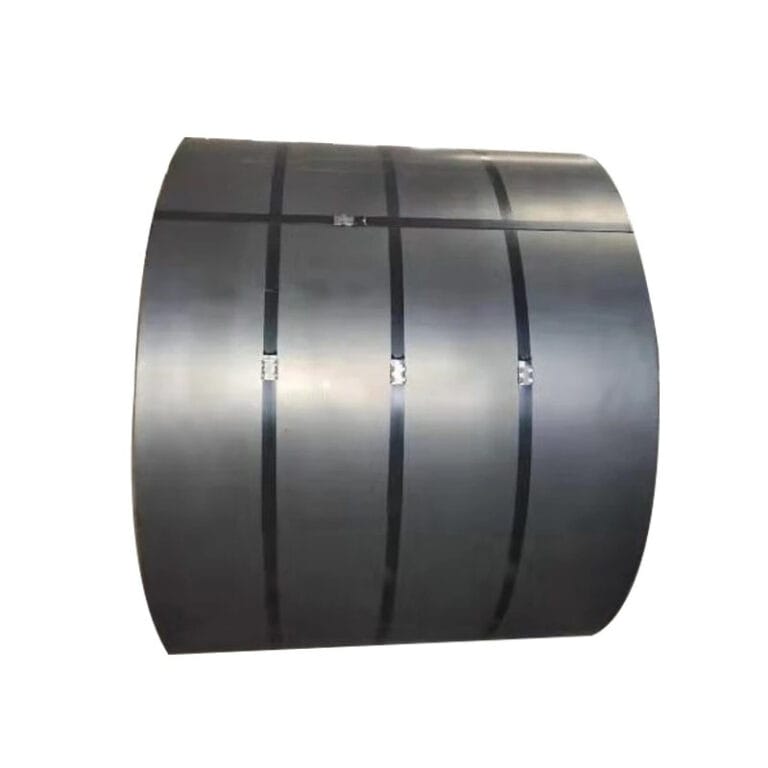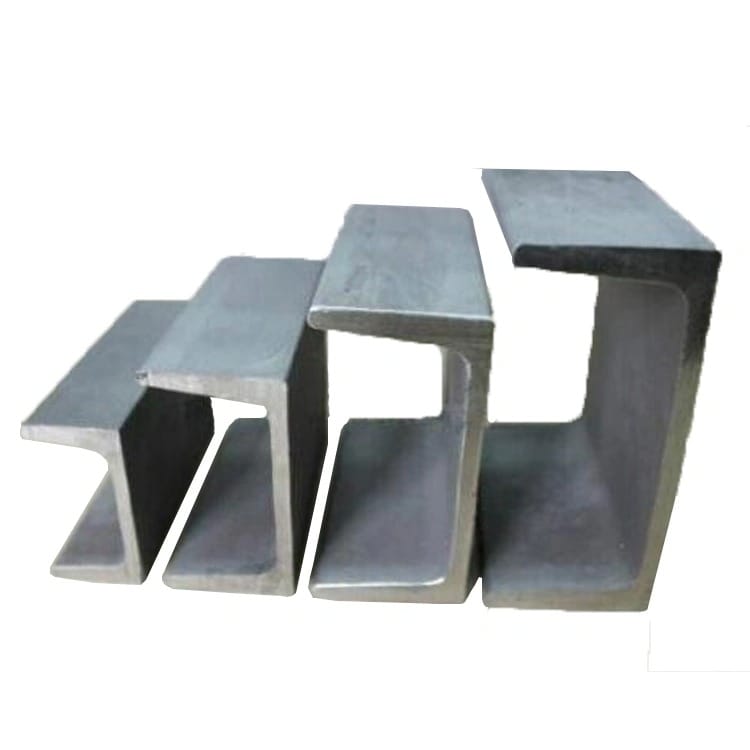April steel market forecast
Looking back at the steel market in March, as of the 31st, steel prices have gone out of the trend of oscillating decline. The comprehensive steel price index fell by 55 points, the prices of rebar and wire rod fell by 99 and 90 points respectively, the prices of hot-rolled and cold-rolled steel fell by 46 and 70 points respectively, the price of medium and thick plates rose by 28 points, the CFR price of 62% iron ore fell by $1, the price of scrap steel fell by 73 points, and the comprehensive price of coke fell by 102 points. Looking forward to the steel market in April, the negative and disturbing factors at the beginning of the month may cause the steel market to remain under pressure, but with the staged improvement of the fundamentals, once the favorable policies are introduced, the rebound will also appear at any time.
The main factors that inhibited the steel price in April are:
First, the negative impact of the domestic export standardization management cracking down on illegal steel exports. On March 28, the five departments of the State Administration of Taxation, the Ministry of Finance, the Ministry of Commerce, the General Administration of Customs, and the State Administration for Market Regulation jointly issued the “Announcement on the Optimization of Export Services and Standardized Management of Goods Subject to Domestic Link Taxes”. The Announcement clearly stipulates that taxpayers who export taxable goods should be subject to VAT and consumption tax as if they were domestic sales goods in accordance with the current relevant regulations. In the past, the export of steel by purchasing orders was to evade the 13% VAT. The Announcement also stipulates that before taxpayers declare the export of taxable goods to the customs, they should complete the registration information confirmation at the tax department through the electronic tax bureau or the tax service hall. It can be seen that the way to evade tax exports has been blocked to a certain extent. Since the export volume of steel by purchasing orders is still relatively large (it is estimated that there are still about one million tons per month), once the purchase order form is not feasible, the pressure on domestic demand will be increased. If the supply is not reduced, the inventory of some varieties other than building materials will soon turn from decline to increase, and the pressure on steel prices will follow. Previously, this expectation must have been traded to prevent risks.
Secondly, the new tariff policy of the United States has brought further negative impacts. The United States will clarify on April 2-3 that the Secretary of State has the right to decide whether to impose a 25% tariff on all goods from countries importing Venezuelan oil. The 25% tariff on automobiles and parts will take effect on April 3. Verbal threats on and after April 2 include: on April 2, the reciprocal tariff plan and agricultural product tariffs may be promoted, and semiconductor and pharmaceutical tariffs will be promoted in the “near future”. Although the weighted average tariff rate of the United States on China is already ten percentage points higher than the weighted average tariff rate of China on American products, the impact of tariffs on some specific industries on my country is self-evident, especially automobiles, machinery and equipment, transportation, and household appliances, which are the main products that use steel. Once exports to the United States are affected and the export destination cannot be quickly transferred, domestic production will be affected, which will in turn affect steel demand. In any case, some previous and future tariff policies will gradually show and increase the impact on the steel use of domestic steel downstream products. This will also be bearish for steel prices.
There are also some negative impacts, mainly because many people generally have the following cognition: they are still pessimistic about the macro outlook, and they are worried about the increase in steel supply and the peak of demand, as well as the pressure of negative feedback from raw materials, etc. These so-called “public knowledge” are still the main logic of steel market transactions. Without major positive impacts, it is difficult to reverse.
The main factors for the phased rebound in steel prices in April are:
The fundamentals of some varieties are still improving in phases, which provides certain support for steel prices.
In March, with the average daily molten iron reaching 2.337 million tons and the highest reaching 2.3728 million tons, the small sample inventory of the five major products still decreased by 1.4132 million tons (the large sample decreased by 1.7883 million tons). As of March 27, the inventory of the five major varieties was 17.38 million tons, a year-on-year decrease of 6.034 million tons, a decrease of 25.8%. Among them, the year-on-year decreases of threaded and wire rod inventories reached 32.8% and 37.7% respectively, and the inventory-to-sales ratio was the best performance in recent years. This is the performance under the general perception of poor supply and demand!
According to the survey of Steel Union, steel mills in 9 provinces were involved in maintenance and resumption of production in the week of March, 3 fewer than the previous month, including 10 new production lines that resumed production, 5 fewer; 8 new production lines under maintenance, 1 fewer; according to the rolling mill output, the production was reduced by 152,900 tons due to maintenance and resumption of production. It is estimated that the maintenance and resumption of production in the week of April will lead to a reduction of 104,100 tons, and the impact will continue to decline. It can be seen that when the profitability of steel mills has increased to the highest level of 53.68% this year, steel production may not necessarily increase. Although the average daily molten iron in April may still rebound slightly, the space is relatively limited, and the output growth of steel products is also relatively limited. It is estimated that the output growth of the five major varieties of steel in April will be between 500,000 and 1 million tons.
From the demand perspective, the manufacturing PMI index rebounded to a small expansion range of 50.5 for two consecutive months. Both the production and new order indexes were in the expansion range, but the month-on-month rebound of the new order index (0.7 percentage points) was greater than the expansion of the production index (0.1 percentage points). However, imports and exports were in the contraction range, and the business activity expectation index fell month-on-month. Overall, the use of steel in the manufacturing industry continued to improve, but the momentum weakened, especially the performance of imports and exports fell.
